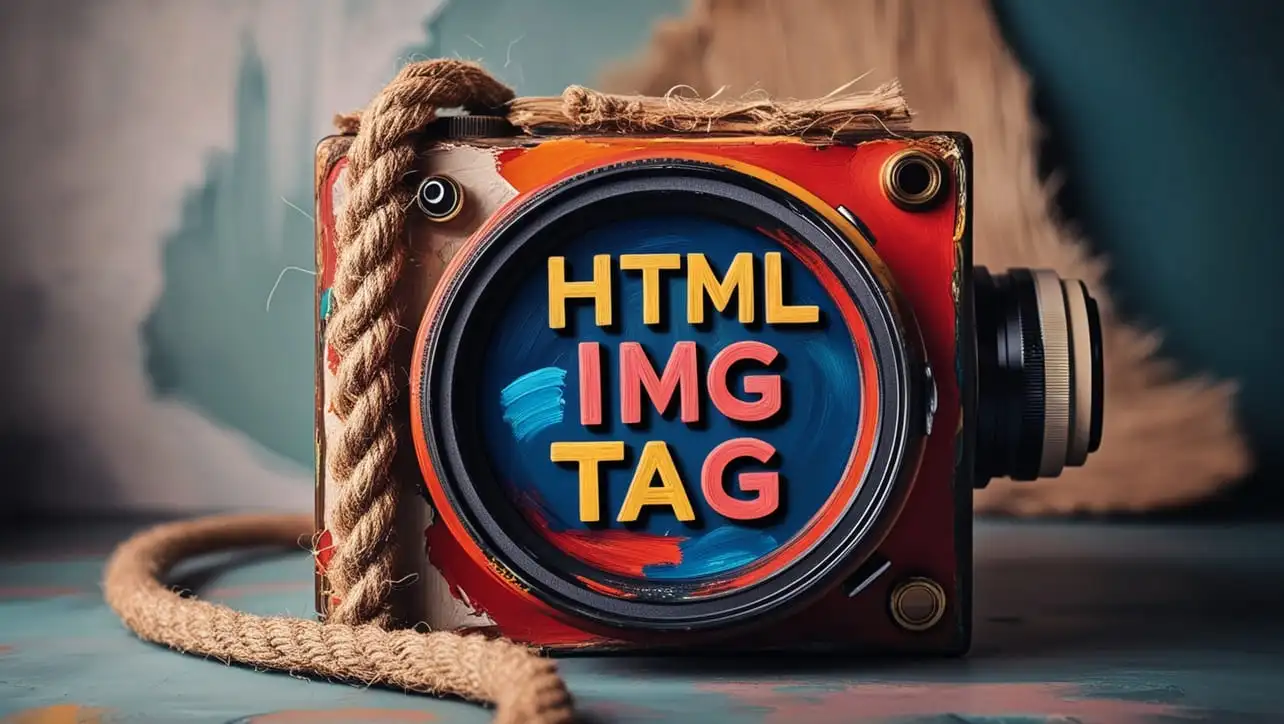
HTML Topics
- HTML Intro
- HTML Basic
- HTML Editors
- HTML CSS
- HTML Tags
- <!--...-->
- <!DOCTYPE>
- <a>
- <abbr>
- <address>
- <area>
- <article>
- <aside>
- <audio>
- <b>
- <base>
- <bdi>
- <bdo>
- <bgsound>
- <blink>
- <blockquote>
- <body>
- <br>
- <button>
- <canvas>
- <caption>
- <cite>
- <code>
- <col>
- <colgroup>
- <data>
- <datalist>
- <dd>
- <del>
- <details>
- <dfn>
- <dialog>
- <div>
- <dl>
- <dt>
- <em>
- <embed>
- <fieldset>
- <figcaption>
- <figure>
- <footer>
- <form>
- <h1> to <h6>
- <head>
- <header>
- <hgroup>
- <hr>
- <html>
- <i>
- <iframe>
- <img>
- <input>
- <ins>
- <kbd>
- <label>
- <legend>
- <li>
- <link>
- <main>
- <map>
- <mark>
- <menu>
- <meta>
- <meter>
- <nav>
- <noscript>
- <object>
- <ol>
- <optgroup>
- <option>
- <output>
- <p>
- <param>
- <picture>
- <pre>
- <progress>
- <q>
- <rp>
- <rt>
- <ruby>
- <s>
- <samp>
- <script>
- <search>
- <section>
- <select>
- <small>
- <source>
- <span>
- <strong>
- <style>
- <sub>
- <summary>
- <sup>
- <svg>
- <table>
- <tbody>
- <td>
- <template>
- <textarea>
- <tfoot>
- <th>
- <thead>
- <time>
- <title>
- <tr>
- <track>
- <u>
- <ul>
- <var>
- <video>
- <wbr>
- HTML Deprecated Tags
- HTML Events
- HTML Event Attributes
- HTML Global Attributes
- HTML Attributes
- HTML Comments
- HTML Entity
- HTML Head
- HTML Form
- HTML IndexedDB
- HTML Drag & Drop
- HTML Geolocation
- HTML Canvas
- HTML Status Code
- HTML Language Code
- HTML Country Code
- HTML Charset
- MIME Types
HTML img Tag

Photo Credit to CodeToFun
🙋 Introduction
The <img> tag in HTML is a fundamental element used to embed images on web pages.
This guide will provide a detailed overview of the HTML <img> tag, covering its syntax, attributes, use cases, best practices, and browser support.
🤔 What is <img> Tag?
The <img> tag is specifically designed for embedding images in an HTML document. It is a self-closing tag, meaning it doesn't require a closing tag. The tag's attributes provide information about the image source, dimensions, alternative text, and more.
💡 Syntax
To embed an image using the <img> tag, include it in your HTML with the src attribute pointing to the image file's location.
<img src="image.jpg" alt="Description of the image">🧰 Attributes
The <img> tag supports various attributes to control the appearance and behavior of the embedded image. Some essential attributes include:
- src: Specifies the path to the image file.
- alt: Provides alternative text for accessibility and SEO.
- width and height: Set the dimensions of the image.
<img src="image.jpg" alt="Description" width="300" height="200">📚 Common Use Cases
Displaying Single Images:
The primary use of the
<img>tag is to display standalone images within the content.displaying-single-images.htmlCopied<p>Check out this amazing landscape:</p> <img src="landscape.jpg" alt="Beautiful Landscape">Image Links:
You can turn an image into a clickable link by wrapping the
<img>tag with an <a> (anchor) tag.image-links.htmlCopied<a href="fullsize-image.jpg"> <img src="thumbnail.jpg" alt="Thumbnail Image"> </a>
🖥️ Browser Support
Understanding the compatibility of the <img> tag across different browsers is essential for delivering a consistent user experience. Here's an overview of its support:
- Google Chrome: Fully supported.
- Mozilla Firefox: Fully supported.
- Microsoft Edge: Fully supported.
- Safari: Fully supported.
- Opera: Fully supported.
- Internet Explorer: Fully supported.
🏆 Best Practices
- Always include the alt attribute for accessibility and SEO purposes.
- Specify the dimensions of the image using the width and height attributes to prevent layout shifts.
- Use descriptive file names and organize images in a well-structured directory.
🎉 Conclusion
Understanding the HTML <img> tag is essential for web developers aiming to integrate images seamlessly into their web pages. Whether displaying single images or creating image links, the <img> tag provides a versatile and powerful tool for enhancing the visual appeal of your content.
👨💻 Join our Community:
Author

For over eight years, I worked as a full-stack web developer. Now, I have chosen my profession as a full-time blogger at codetofun.com.
Buy me a coffee to make codetofun.com free for everyone.
Buy me a Coffee












If you have any doubts regarding this article (HTML img Tag), please comment here. I will help you immediately.